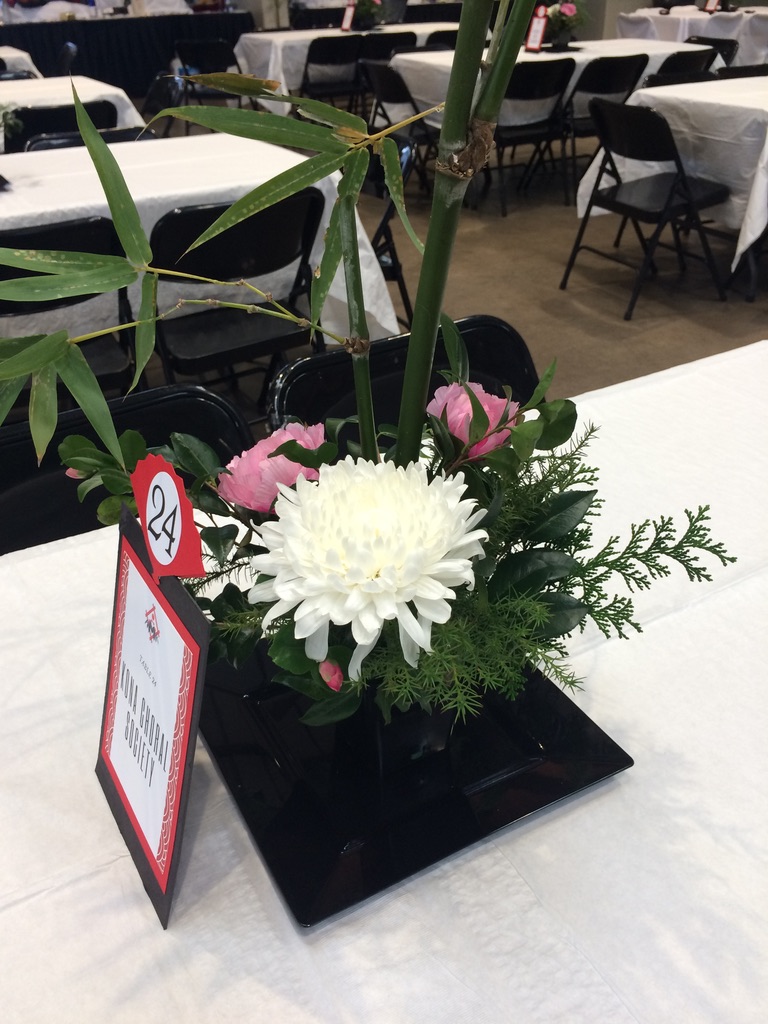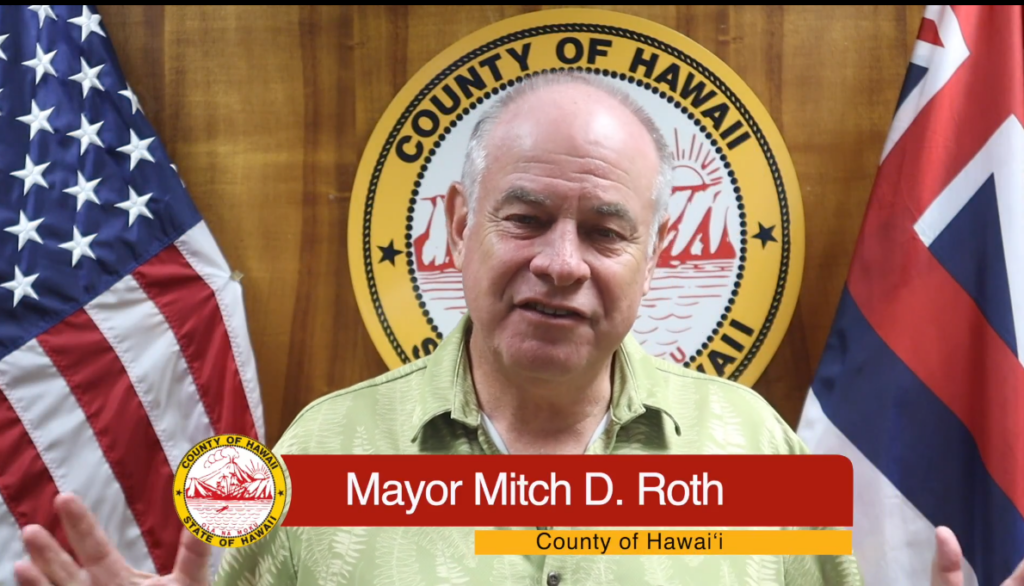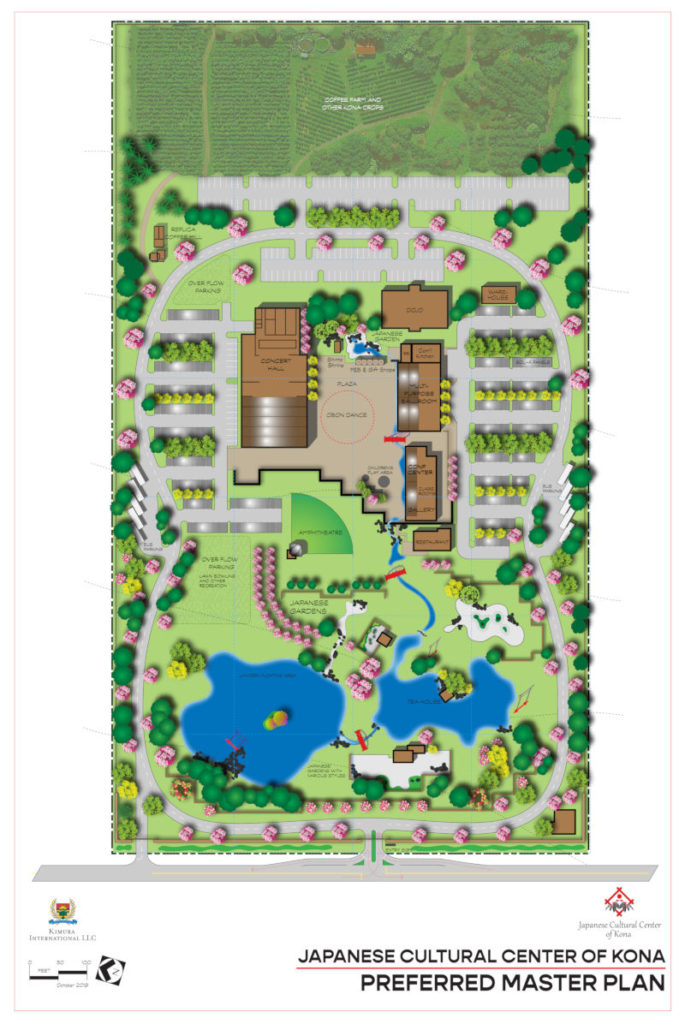BACKGROUND
Over one hundred years after the first generation of Japanese immigrants settled on the upland slopes and helped to build a premier coffee industry, a group of Kona residents coalesced to pursue a dream of developing a new Cultural Center to celebrate their ancestral heritage. Our beloved issei started from humble beginnings as coffee farmers and left a legacy that has evolved into a distinctive community which blends Japanese traditions and the spirit of Aloha.
The Cultural Center is envisioned as a singular destination that will showcase Japanese-American contributions to the diversity that is Hawaii. It is meant to be a gathering place to share and perpetuate our culture, provide opportunities to maintain ties with today’s Japan, and provide facilities that can be enjoyed by the broader Kona community.
PROJECT OVERVIEW
Built components being considered include the following:
- A large capacity, flexibly designed, multi-purpose auditorium supported by a commercial kitchen where events, such as community banquets, weddings, martial arts competitions and demonstrations, matsuris (festivals), and bon dances, could be held;
- Performing arts concert hall with state-of-the-art lighting and acoustics to host musical and dance performances by artists from Hawaii and across the globe;
- Permanent and rotating special exhibitions and museum spaces to memorialize native sons Astronaut Ellison Onizuka and Sgt. Rodney Yano, artifacts from the life and times of early Japanese immigrants, specialty items from the various prefectures of Japan, contemporary works of art, and displays of flower arranging and other Japanese crafts;
- Smaller meeting spaces for Kenjinkais and other community organizations, and for use as classrooms for lectures, workshops, and recreational classes;
- Expansive garden designed in the spirit of famous Japanese gardens such as Korakuen, Kairakuen, and Kenrokuen, and inspired by the aesthetics of serenity and harmony and the artful integration of ponds, waterfalls, pathways, bridges, rocks, sand, and plant life, but where the materials used are appropriate to Kona’s environment;
- Authentic Tea House located in a quiet and scenic location with traditional tatami mats where tea ceremonies could be conducted;
- Shinto Shrine to celebrate the New Year (hatsumode) and other important spiritual events;
- Administrative, security, storage and maintenance facilities;
- Commercial facilities configured as small shopping plazas, casual street vendors, or perhaps something reminiscent of Japanese arcades, with cafes offering snacks and drinks, and gift shops selling souvenirs and omiyage of Kona—such rental spaces would be amenities for visitors and provide long-term income for the Cultural Center;
- An on-site coffee farm could also serve as a revenue-generating component while also displaying how coffee crops become the world-famous Kona Coffee;
- For access to the Cultural Center, ample parking will be provided to ensure convenience for community users, large groups, major events, people with disability and mobility issues, and delivery of supplies; and
- Attractive torii gates would be constructed as iconic Japanese symbols representing arrival and entrance.



